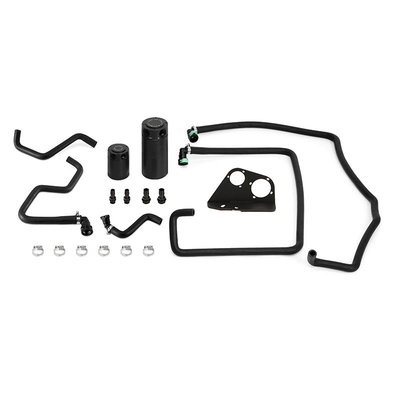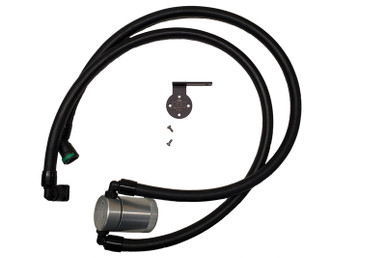Nope, you would be incorrect.Don't waste your money. The newer eco boost engines have port injection rather than direct injection.
Whoever told you that was 100% incorrect.and I'm glad I learned about this from another fellow.
The Gen2 3.5(Gen 4 - 2018+ Expeditions) Twin Turbo Ecoboost motor has BOTH port and direct. Under MOST situations the direct injectors are used, because of the more accurate fuel metering that can be delivered. Port is used for Cold startups, and under low load. The DI picks ups once up to operating temp and high loads, and under real high load and demands for fuel, both injectors are used.
Edit: Clarity on above. So basically when you are a greatest risk for deposits(High Temp and under load) the motor is in DI mode, and you are getting ZERO washing of the valves from the fuel.
It does not remove the need for a catch can. Heck some of the most powerful Port injected motors on sale today come with them(Some Hellcats), and are highly recommended in many port injected applications also. The port injectors even being used sometimes does help to decrease the buildup of deposits, but does not remove the risk. A catch can prevents the majority of what causes the deposits from ever getting to where it can cause them. PERIOD. A catch can is NOT about the short term, but the long term.
Last edited:



